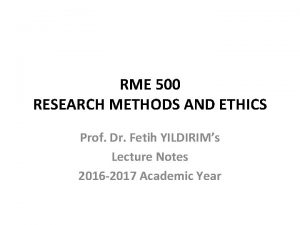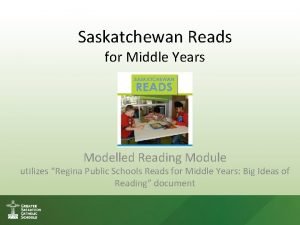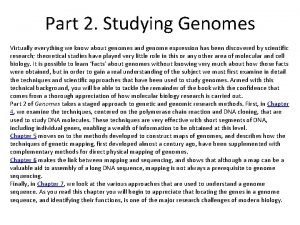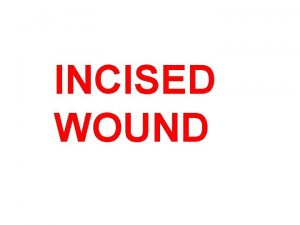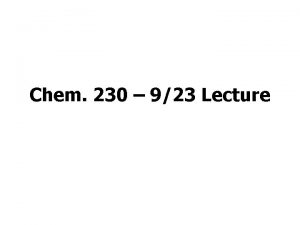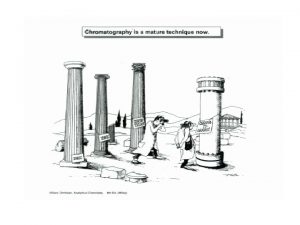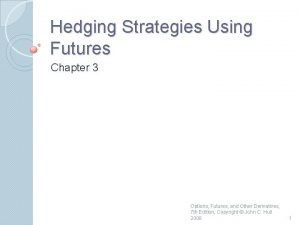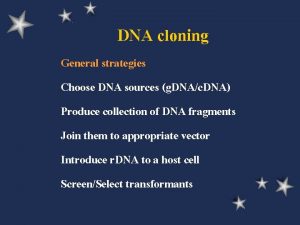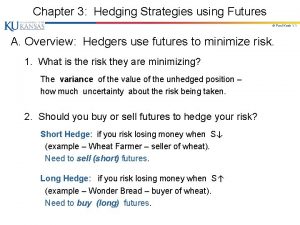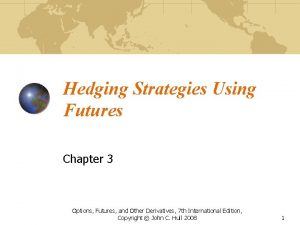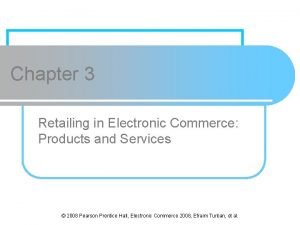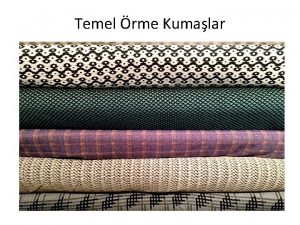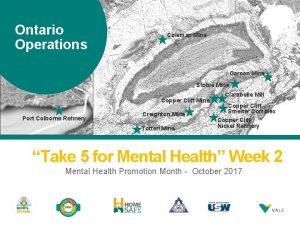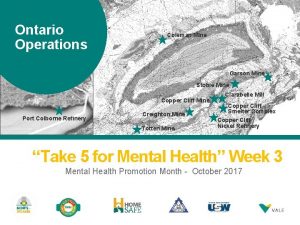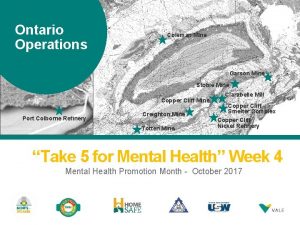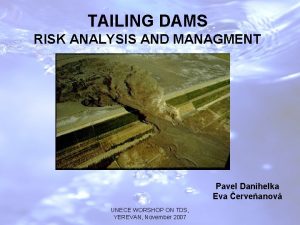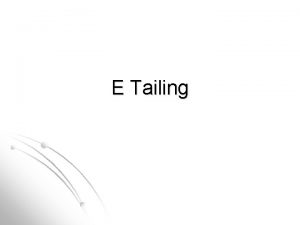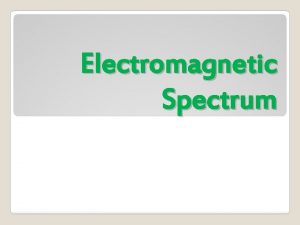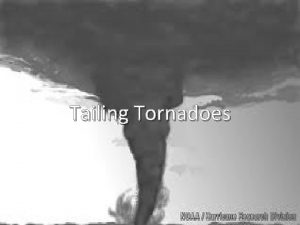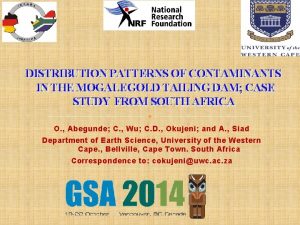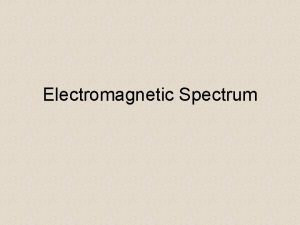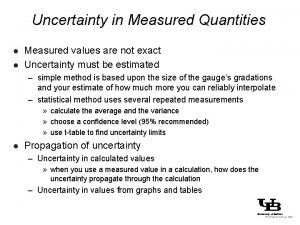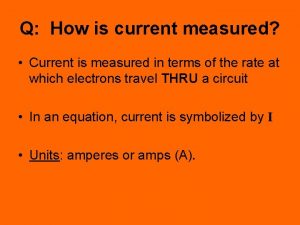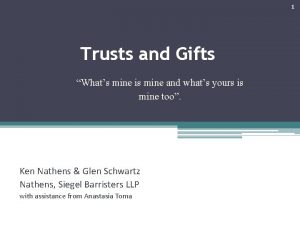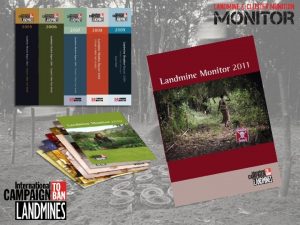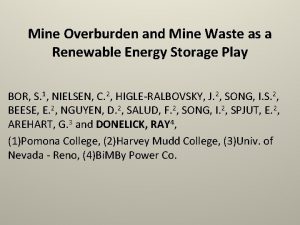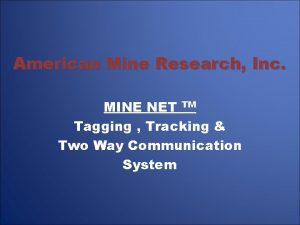RME TAILING MODELLED AND MEASURED SPECTRUM FOR MINE



























- Slides: 27

RME TAILING MODELLED AND MEASURED SPECTRUM FOR MINE TAILING MAPPING IN TUNISIAN SEMI-ARID CONTEXT N. Mezned 1, 2, S. Abdeljaouad 1 , M. R. Boussema 3 RME/FST, (Tunis, Tunisia) 1 N. Mezned Isepbg (Tunis, Tunisia) 2 3 LTSIRS/ENIT, (Tunis, Tunisia) 2011 IEEE Internaional Geoscience and Remote Sensing Symposium- 29 july 1

Context Mine tailing impact Soils Ba/Fl Hammam Zriba mine site Tunisia Vegetation Ecologic Systems Pb/Zn Jebel Hallouf-Bouaouane mine site Tunisia Pb/Zn Jebel Ressas mine site Tunisia Water quality Pb/Zn Jebel Ressas mine site Tunisia Human life N. Mezned 2011 IEEE Internaional Geoscience and Remote Sensing Symposium- 29 july 2

Context § North of Tunisia: several types of mine (Pb, Zn, Fl, …, etc. ) § Mejerda river watershed: precious source of water a Environment risks a a N. Mezned 2011 IEEE Internaional Geoscience and Remote Sensing Symposium- 29 july 3

Context § Necessity of mine tailing mapping § Advantages: low costs spatial coverage Remote sensing: satellite data N. Mezned 2011 IEEE Internaional Geoscience and Remote Sensing Symposium- 29 july 4

OUTLINES 1) Context 2) Study area and problematic 3) The used data 4) The proposed approach 5) Experimental results 6) Conclusion and perspectives N. Mezned 2011 IEEE Internaional Geoscience and Remote Sensing Symposium- 29 july 5

2) Study area and problematic Mine tailings Kassab Wady Jebel Hallouf-Bouaouane Mine Mejerda River N. Mezned 2011 IEEE Internaional Geoscience and Remote Sensing Symposium- 29 july 6

2) Study area and problematic Jebel Hallouf-Bouaouane § 188 mille tonnes of metal (84 Pb et 64 Zn) in 1952 § Abandoned since 1986 Important quantity of tailing Mine activity Environment impact Terrain subsidence N. Mezned 2011 IEEE Internaional Geoscience and Remote Sensing Symposium- 29 july 7

OUTLINES 1) Context 2) Study area and problematic 3) Work positioning 4) The used data 5) The proposed approach 6) Experimental results 7) Conclusion and perspectives N. Mezned 2011 IEEE Internaional Geoscience and Remote Sensing Symposium- 29 july 8

3) Work positioning § Passive Remote sensed data Multispectral data (landsat TM, ETM+, ASTER, etc. ) Mineral mapping using Landsat TM data, (Zhang et al. , 2007) Mineral mapping using Landsat ETM+ data and field spectra measured with ASD spectroradiometer , (Liu et al. , 2003) N. Mezned Hyperspectral data (Hyperion, Hy. Map, etc. ) Mine site mapping using Hy. Map (Taylor and Vukovic, 2001) and Probe data (Staenz et al. , 2003) + field measured spectra or spectra from publicly library 2011 IEEE Internaional Geoscience and Remote Sensing Symposium- 29 july 9

3) Work positioning § Passive Remote sensed data § Problems : • Mine tailing risks on environment and human health § Objective: § Mine tailing mapping using multispectral data § Tailing modelled spectra with respect to the field truth SMA overcome the luck of spectroradimeter N. Mezned 2011 IEEE Internaional Geoscience and Remote Sensing Symposium- 29 july 10

OUTLINES 1) Context 2) Study area and problematic 3) Work positioning 4) The used data 5) The proposed approach 6) Experimental results 7) Conclusion and perspectives N. Mezned 2011 IEEE Internaional Geoscience and Remote Sensing Symposium- 29 july 11

3) The used data § Multispectral data: Landsat ETM+ • 6 bands, • 30 m, Landsat ETM+ (05/03/2000) § Publically library: JPL spectral data § Field campaign data: Mineral identification and abundance estimation • 18 samples/dyke = 54 tailing measurements, N. Mezned 2011 IEEE Internaional Geoscience and Remote Sensing Symposium- 29 july 12

OUTLINES 1) Context 2) Study area: Soil salinity, the problematic 3) The used data 4) Work positioning 5) The proposed approach 6) Experimental results 7) Conclusion and perspectives N. Mezned 2011 IEEE Internaional Geoscience and Remote Sensing Symposium- 29 july 13

5) The proposed approach Tailing modeling spectrum for ETM+ classification: spectral unmixing ETM+ image preprocessing N. Mezned endmember selection Classification 2011 IEEE Internaional Geoscience and Remote Sensing Symposium- 29 july Validation 14

5) The proposed approach Tailing modeling spectrum for ETM+ classification: spectral unmixing ETM+ image preprocessing endmember selection Classification Validation Vegetation Soils Tailing component spectrum? Direct mean: Measured by spectroradiometer Indirect mean: Modelled with respect of field truth N. Mezned 2011 IEEE Internaional Geoscience and Remote Sensing Symposium- 29 july 15

5) The proposed approach Tailing modeling spectrum for ETM+ classification: spectral unmixing ETM+ image preprocessing endmember selection Classification Validation Linear spectral unmixing 3 fraction maps 1. Vegetation 2. Soils 3. Mine tailings Measured spectrum N. Mezned 2011 IEEE Internaional Geoscience and Remote Sensing Symposium- 29 july Modelled spectrum 16

5) The proposed approach Tailing modeling spectrum for ETM+ classification: spectral unmixing ETM+ image preprocessing endmember selection Classification Validation Comparison RMS errors N. Mezned 2011 IEEE Internaional Geoscience and Remote Sensing Symposium- 29 july 17

OUTLINES 1) Context 2) Study area: Soil salinity, the problematic 3) The used data 4) Work positioning 5) The proposed approach 6) Experimental results 7) Conclusion and perspectives N. Mezned 2011 IEEE Internaional Geoscience and Remote Sensing Symposium- 29 july 18

5) Experimental results 1. Tailing modelled spectrum: SMA Hematite JPL library Kaolinite Goethite Pyrite Re sampled spectra to Landsat ETM+ band passes Galena linear combination Calcite Quartz Sphalerite Tailing Modelled spectrum N. Mezned 2011 IEEE Internaional Geoscience and Remote Sensing Symposium- 29 july 19

5) Experimental results 1. Tailing mlodelled spectrum: SMA Sampling 18 samples for each dyke = 54 samples Laboratory analysis - X Ray Diffraction XRD Identification and - Calcimetry - Counting on polished sections N. Mezned 2011 IEEE Internaional Geoscience and Remote Sensing Symposium- 29 july % of minerals 20

5) Experimental results 2. ETM+ Linear spectral unmixing • We used both ASD measured and SMA modelled spectra in the classification processes, Mine tailing fraction maps generated from the ETM+ linear spectral unmixing using: (a) the measured spectrum with ASD spectroradiometer and (b) the modelled tailing spectrum and (c) N. Mezned 2011 IEEE Internaional Geoscience and Remote Sensing Symposium- 29 july 21

5) Experimental results 2. Classification validation 99. 6 % of pixels have an RMS errors: tailing map N. Mezned < 2. 6 10 -5 using the modelled spectrum, < 1. 9 10 -5 using the measured spectrum. < 3. 3 10 -5 using derived ETM+ spectrum 2011 IEEE Internaional Geoscience and Remote Sensing Symposium- 29 july 22

5) Experimental results 2. Classification validation 99. 6 % of pixels have an RMS errors: tailing map N. Mezned < 2. 6 10 -5 using the modelled spectrum, < 1. 9 10 -5 using the measured spectrum. < 3. 3 10 -5 using derived ETM+ spectrum 2011 IEEE Internaional Geoscience and Remote Sensing Symposium- 29 july 23

5) Experimental results 2. Classification validation 99. 6 % of pixels have an RMS errors: tailing map N. Mezned < 2. 6 10 -5 using the modelled spectrum, < 1. 9 10 -5 using the measured spectrum. < 3. 3 10 -5 using derived ETM+ spectrum 2011 IEEE Internaional Geoscience and Remote Sensing Symposium- 29 july 24

OUTLINES 1) Context 2) Study area: Soil salinity, the problematic 3) The used data 4) Work positioning 5) The proposed approach 6) Experimental results 7) Conclusion and perspectives N. Mezned 2011 IEEE Internaional Geoscience and Remote Sensing Symposium- 29 july 25

6) Conclusion and perspectives Conclusion § The results comparison indicate that the modelled spectrum can even better characterize the tailings in the case of semi-arid context, § The SMA approach can be an optimal solution to replace the lack of the spectroradiometer and can be applied successfully to multispectral data analysis, particularly those acquired during previous periods. Perspectives §We plan for more campaign, § We propose to test the SMA approach for different mining sites. N. Mezned 2011 IEEE Internaional Geoscience and Remote Sensing Symposium- 29 july 26

Thanks for your attention N. Mezned 2011 IEEE Internaional Geoscience and Remote Sensing Symposium- 29 july 27
 Rme 500
Rme 500 Browning
Browning What is modelled reading
What is modelled reading T
T D orbital shape
D orbital shape Absorption spectrum vs emission spectrum
Absorption spectrum vs emission spectrum Campaign propaganda dbq
Campaign propaganda dbq Homopolymer tailing
Homopolymer tailing Clean incised wound heals by
Clean incised wound heals by Homopolymer tailing
Homopolymer tailing Tailing factor
Tailing factor Tailing fronting
Tailing fronting Hedge ratio
Hedge ratio Homopolymer tailing
Homopolymer tailing Tailing the hedge
Tailing the hedge E-tailing
E-tailing Tailing the hedge
Tailing the hedge E tailing business model
E tailing business model Film the boy in the striped pyjamas
Film the boy in the striped pyjamas Fspos
Fspos Typiska novell drag
Typiska novell drag Nationell inriktning för artificiell intelligens
Nationell inriktning för artificiell intelligens Returpilarna
Returpilarna Shingelfrisyren
Shingelfrisyren En lathund för arbete med kontinuitetshantering
En lathund för arbete med kontinuitetshantering Personalliggare bygg undantag
Personalliggare bygg undantag Tidbok
Tidbok A gastrica
A gastrica
